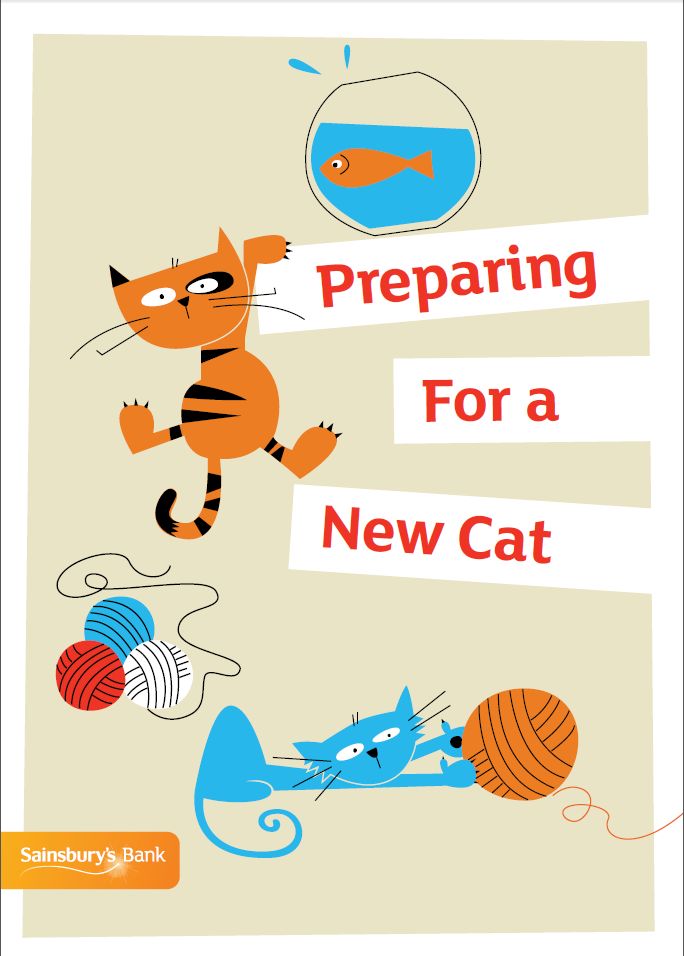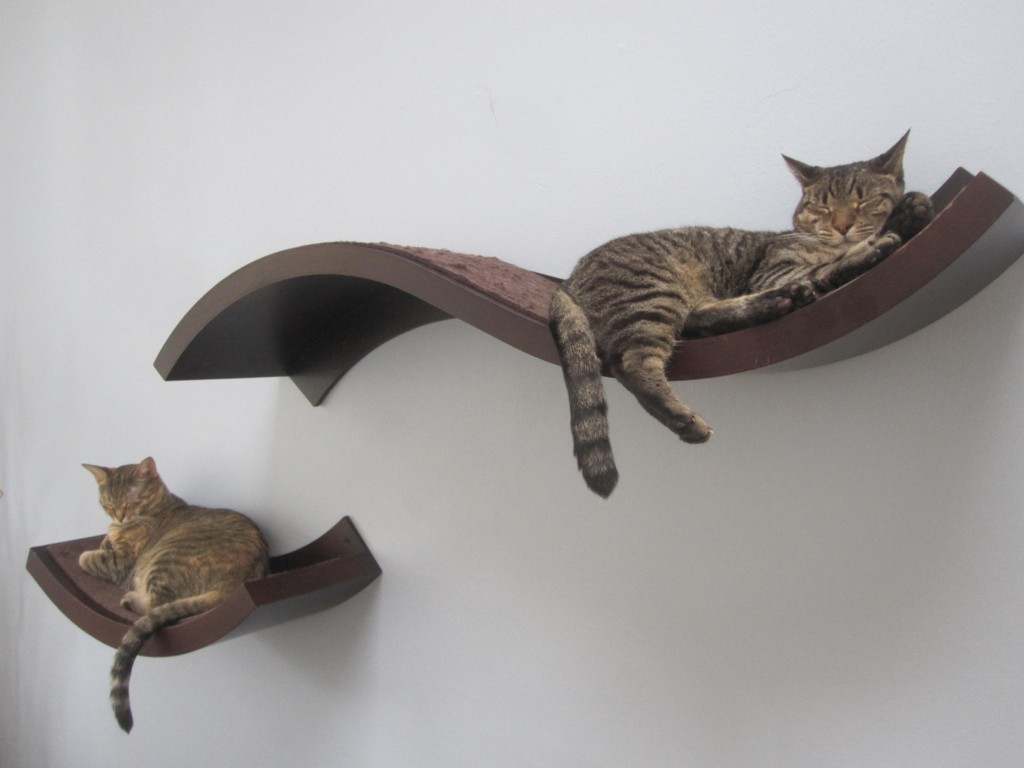
More than one kitten
Having a kitten is a huge responsibility and one thing to consider is how many kittens to adopt. You may have never thought about getting more than one kitten but, just like human children, kittens get bored easily if they do not get enough stimulation. Having two kittens provides the perfect stimulation for each other as they can play together whilst you are out.
It is often found that single kittens who are left alone all day will be far needier when you come home and can get over exuberant during playtime (as they have been bored while on their own), leading to accidental bites and scratches. In fact, single kittens in general tend to bite and scratch more even if you are at home all day because another kitten is the best one to teach the other that biting and scratching hurts.
Can I leave my kitten alone?
We appreciate that owners cannot watch their kitten 24 hours a day (for example, when you are sleeping) but remember that kittens get into all sorts of mischief and your house should be kitten proofed before you bring them home. Kittens love to explore and if you are not there to supervise you may get home to find the kitten missing, crammed into a small space you’d never even imagined a kitten could get into.
We recommend you don’t leave your kitten alone for more than 4 hours at a time and when you do have to go out, keep them safe in one room with the door shut and make sure there are plenty of safe toys for them to play with so they don’t get lonely or bored. It’s never too early to start them on food enrichment as well, but try a nice easy toy to begin with, such as a toilet roll pyramid. It’s also a good idea to have a play session with them just before you leave to wear them out so they will sleep for a while once you leave. Leaving the radio or TV on will soften out any sudden background noises to minimise the chance of the kitten being startled whilst you are out.
What if I already have a cat?
If you have a cat already and are introducing a new single kitten into the home, be aware that you can’t introduce them to the other cat straight away. The adult cat may not want to play with the kitten as they have different energy levels and different interests and is therefore not an appropriate playmate for a kitten. It would be like asking a 29 year old (equivalent to a 3 year old cat) to play with a 3 year old child!
How can I keep my kitten safe at home?
Remove fragile items from window sills, tidy away wires and block off any small spaces. Some toys are also dangerous to leave with an unaccompanied kitten such as dangly toys with string on them which could get wrapped around your kitten’s neck for example.
Kitten Collars
Also get your kitten used to wearing a kitten collar so that they are used to wearing it and are less likely to want to remove it when they get older. It is not advisable for kittens under 5 months old to wear collars and the collar should be put on them fully supervised with your kitty indoors. This is because they are very agile and can manoeuvre themselves to get the collar off, as well as getting caught up in the collar during their curious adventures.
We make a variety of smaller kitten collars which include smaller cat-size bells, as well as regular size cat collars.
Microchipping
Always makes sure that you kitten is microchipped and has a tag on its collar so that if it gets lost it has every chance of being reunited with you.
Neutering
Kittens can be neutered from as young as 3 months, depending on weight. It is a myth that kittens should be neutered from 6 months of age, as kittens can actually get pregnant from 5 months. Incredibly one litter of four kittens, if let unneutered, can lead to 92,394 cats in just five years.
Neutering cats can stop behavioural problems including urinating and fighting in male cats. When male and female cats are not neutered and in season, they are also at a higher risk of having an accident or road accident as they will do anything they can to find a mate and could cause themself an injury or unfortunately die.





